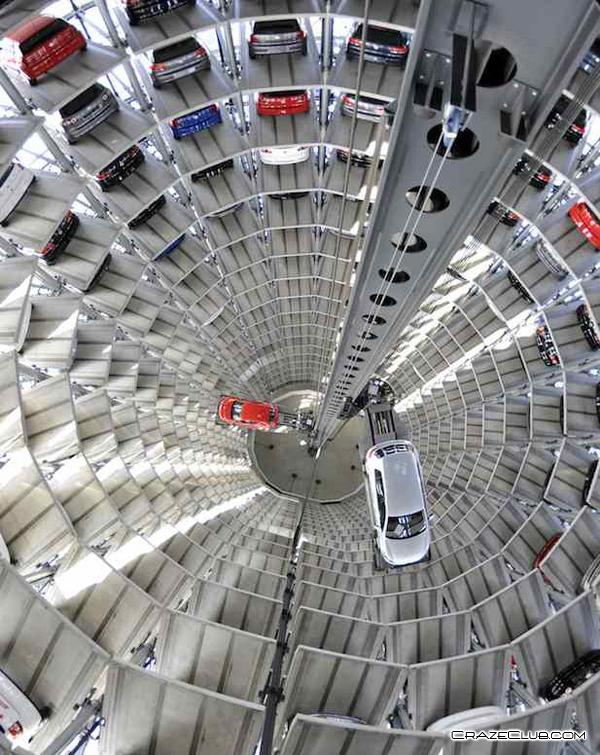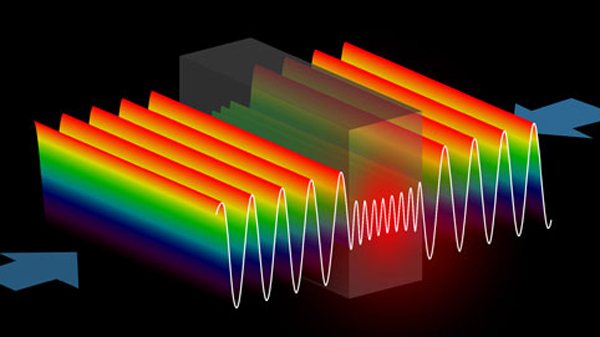- Written by PunithaV ECE
- Hits: 2384
Bacteria creates fuel from sunlight and CO2
Researchers from the University of Minnesota have announced a breakthrough in the quest to create a viable fuel alternative using greenhouse gases. The process uses two types of bacteria to create hydrocarbons from sunlight and carbon dioxide. Those hydrocarbons can in turn be made into fuel, which the scientists are calling "renewable petroleum." The process starts with Synechococcus, a photosynthetic bacterium that fixes carbon dioxide in sunlight, and then converts that CO2 to sugars. Those sugars are then passed on to another bacterium, Shewanella, which consumes them and produces fatty acids. University of Minnesota biochemistry graduate student discovered how to use a protein to transform those acids into ketones, a type of organic compound. University’s College of Science and Engineering have developed catalytic technology that allows them to convert those ketones into diesel fuel.CO2 is the major greenhouse gas mediating global climate change, so removing it from the atmosphere is good for the environment.  The university is in the process of filing patents on the process.
The university is in the process of filing patents on the process.


